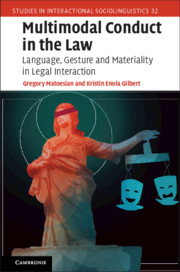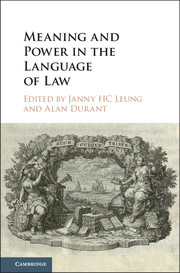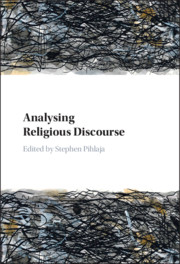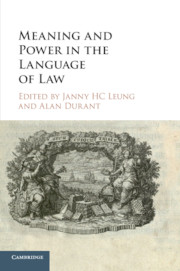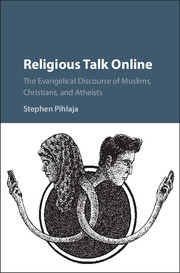Multimodal Conduct in the Law
The study of language and law has seen explosive growth in the past twenty-five years. Research on police interrogations, trial examination, jury deliberation, plea bargains, same sex marriage, to name a few, has shown the central role of written and oral forms of language in the construction of legal meaning. However, there is another side of language that has rarely been analyzed in legal settings: the role of gesture and how it integrates with language in the law. This is the first book-length investigation of language and multimodal conduct in the law. Using audio-video tapes from a famous rape trial, Matoesian and Gilbert examine legal identity and impression management in the sociocultural performance of precedent, expert testimony, closing argument, exhibits, reported speech and trial examination. Drawing on insights from Jakobson and Silverstein, the authors show how the poetic function inheres not only in language but multimodal conduct generally. Their analysis opens up new empirical territory for both forensic linguistics and gesture studies.
- The first book-length study of non-verbal practices in a legal context, addressing an important gap in our understanding of communicative practices in law
- Examines a number of trial strategies that will appeal to legal scholars interested in closing arguments, cross-examination and expert testimony
- Integrates language, gesture, and material objects in sociocultural performance
Reviews & endorsements
'… this book compellingly re-examines what we mean when we talk about 'language and law' and effectively debunks the myth that law is only about words. It provides a fascinating steppingstone for future work in courtroom discourse.' Ana-Maria Jerca, The LINGUIST
Product details
No date availableHardback
9781108416351
256 pages
235 × 155 × 16 mm
0.55kg
85 b/w illus.
Table of Contents
- Acknowledgements
- List of transcription conventions
- Introduction
- 1. Multimodal conduct: what is it?
- 2. Co-constructing expert identity
- 3. The transformation of evidence into precedent
- 4. Negotiating intertextuality
- 5. Motives and accusations
- 6. Nailing down an answer
- 7. Exhibits, tapes, and inconsistency
- 8. Material mediated gestures
- 9. Rhythmic gestures and semanticity
- 10. Conclusion
- References
- Index.

